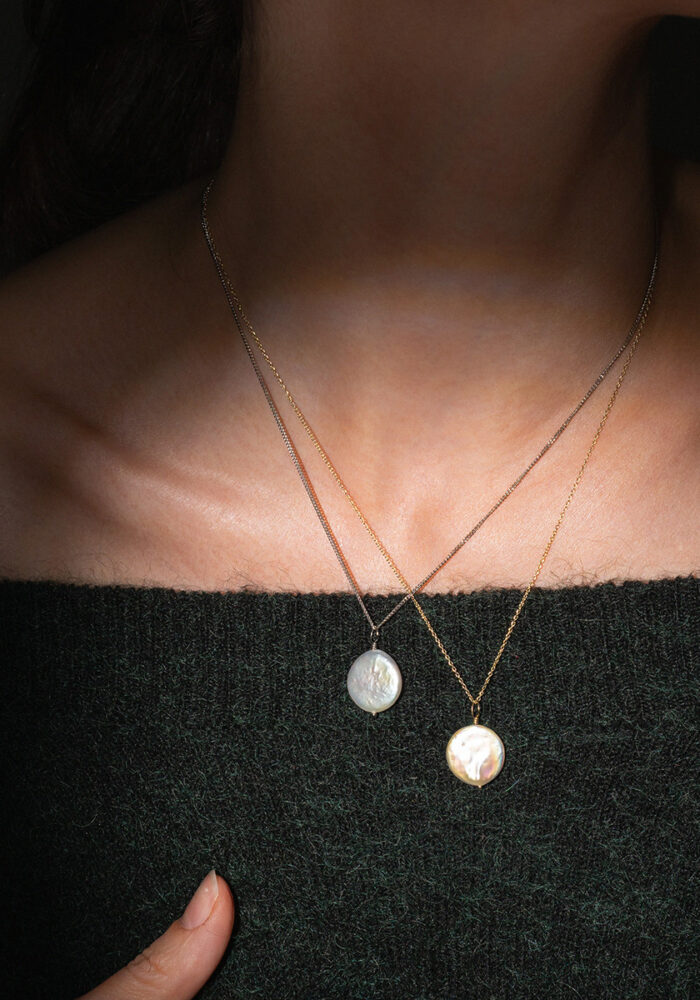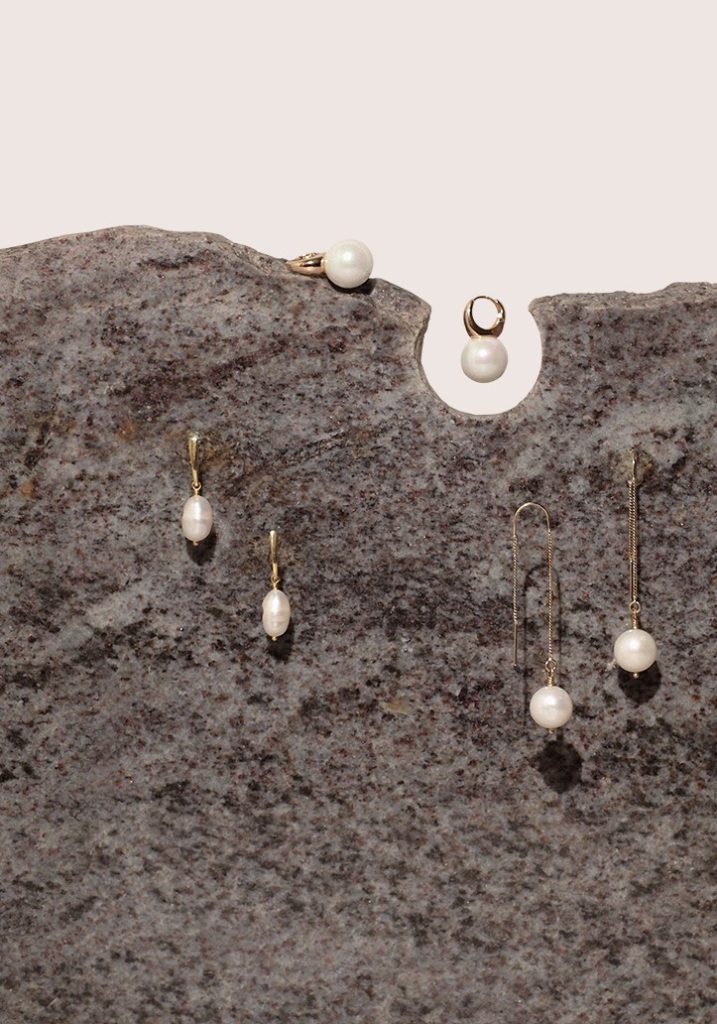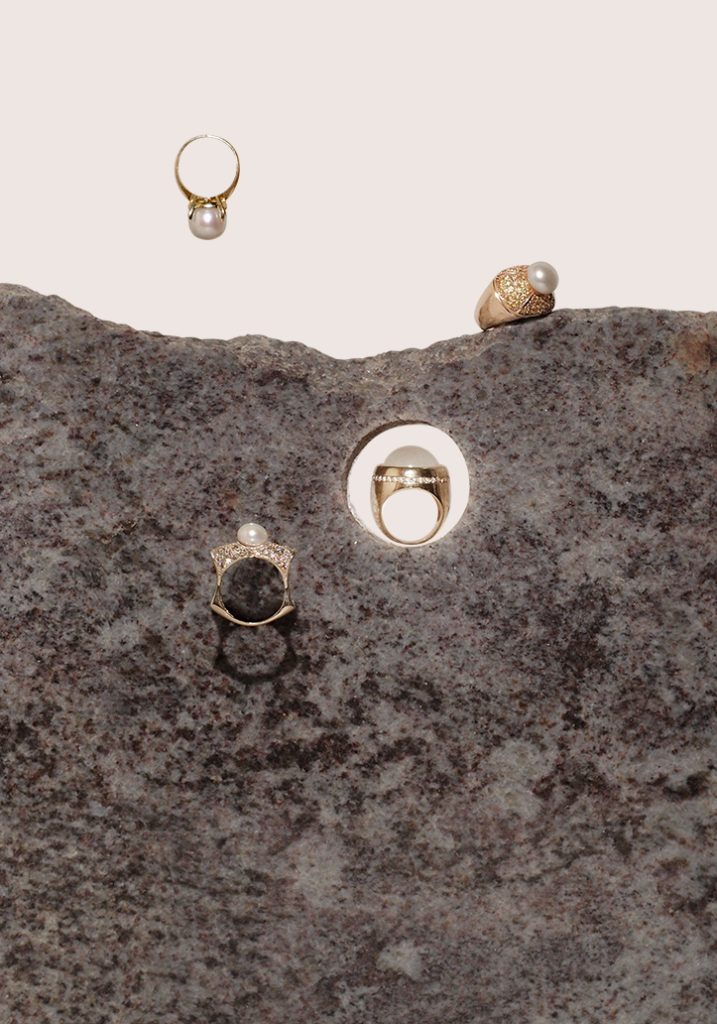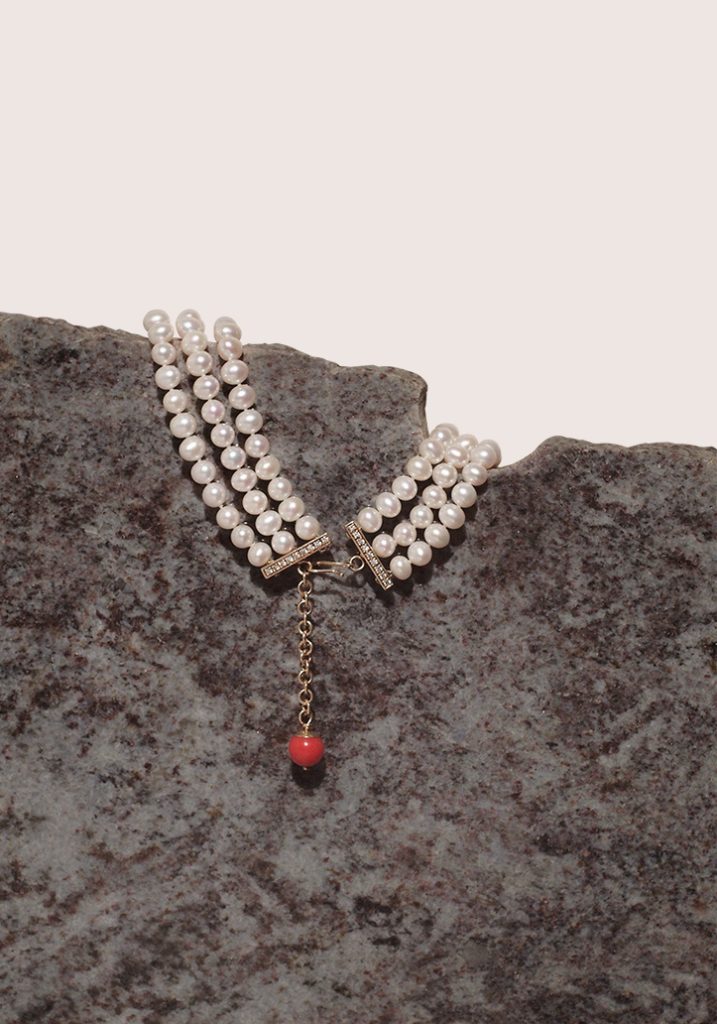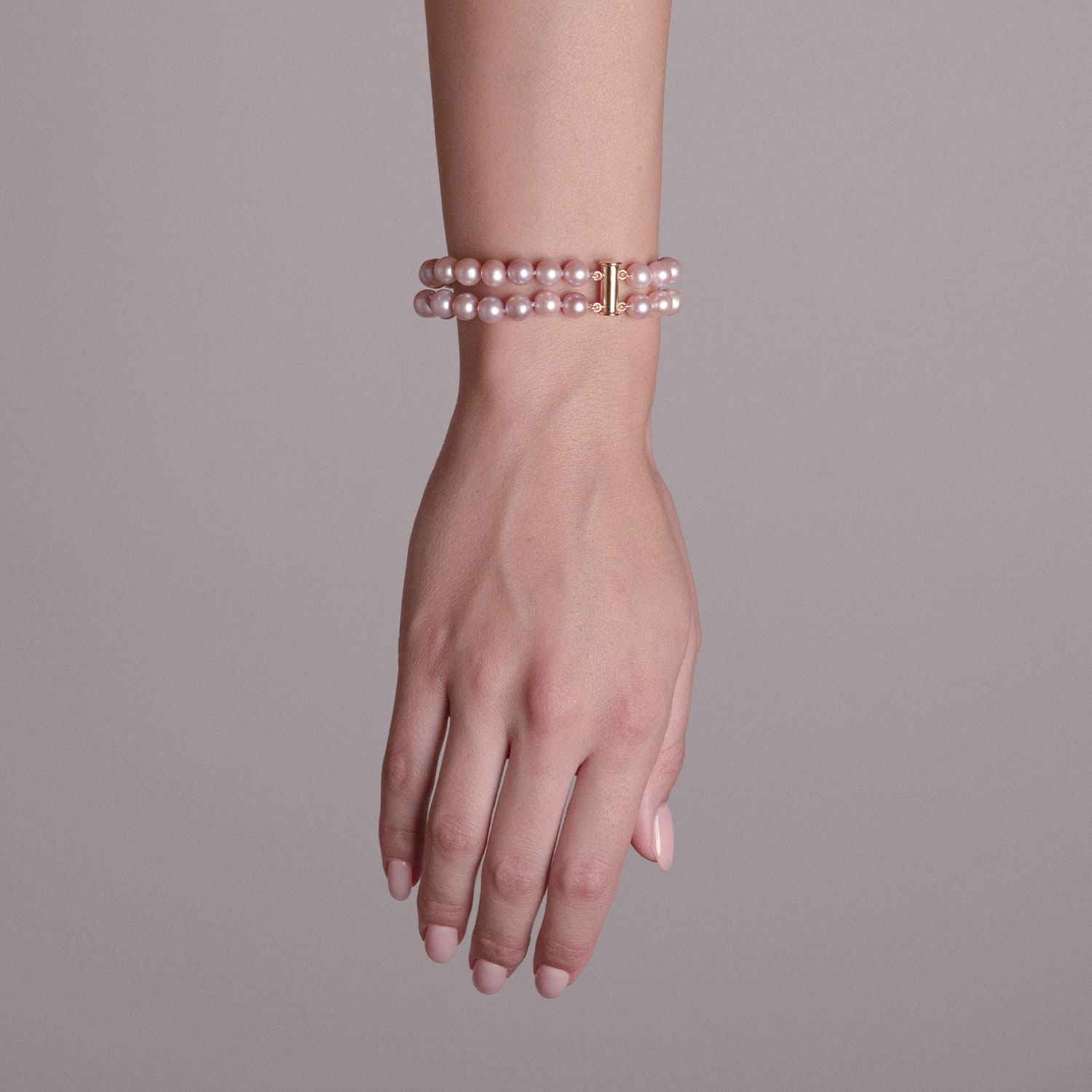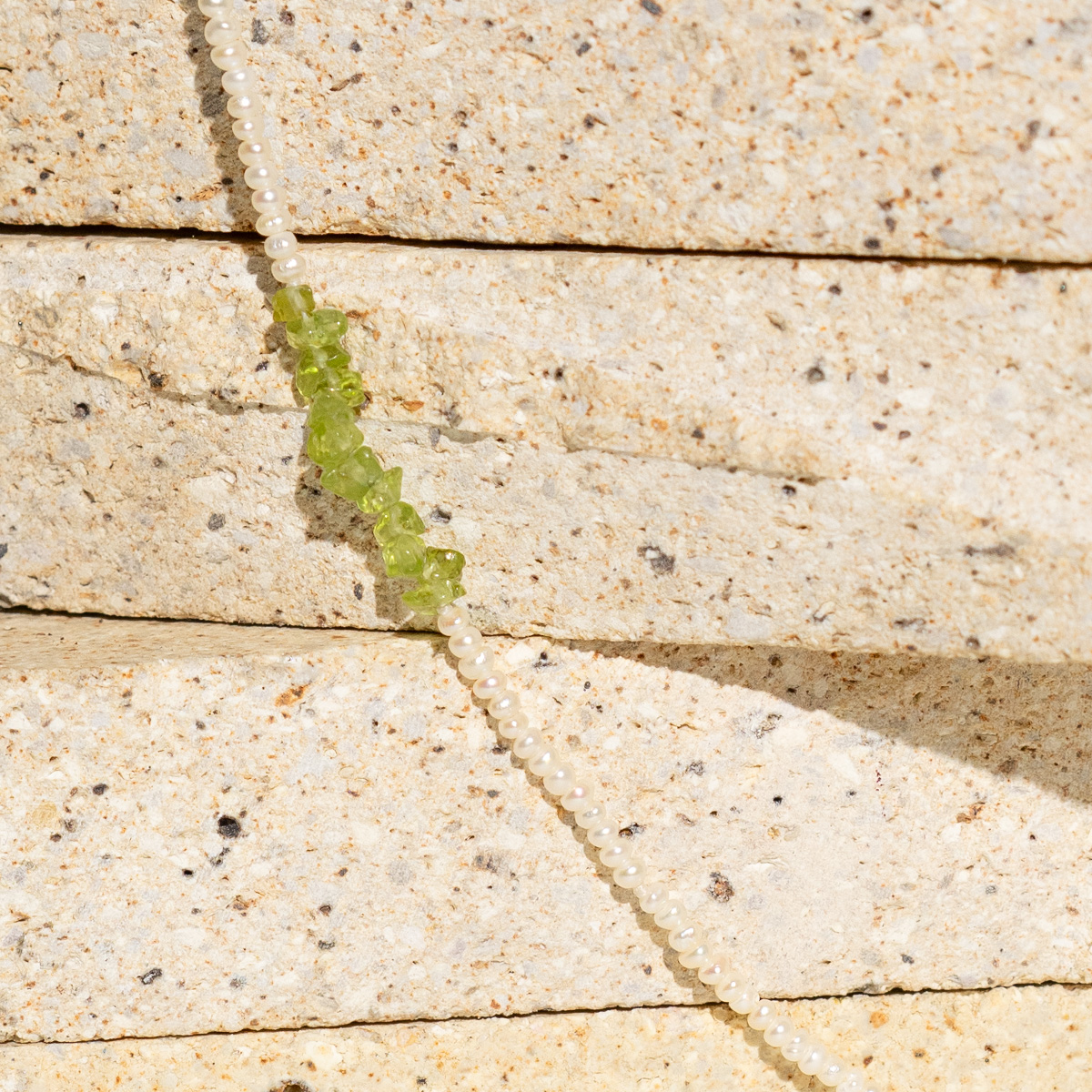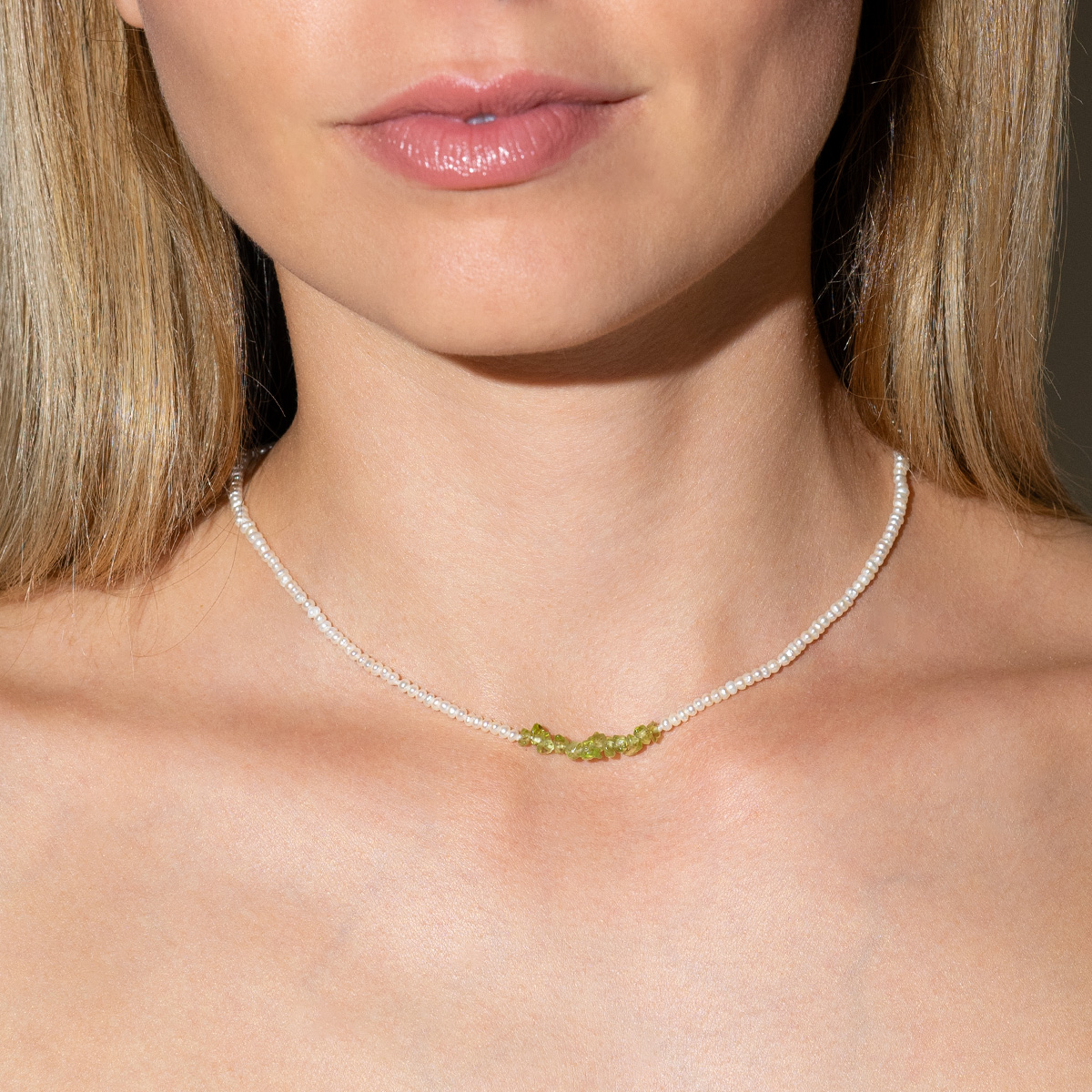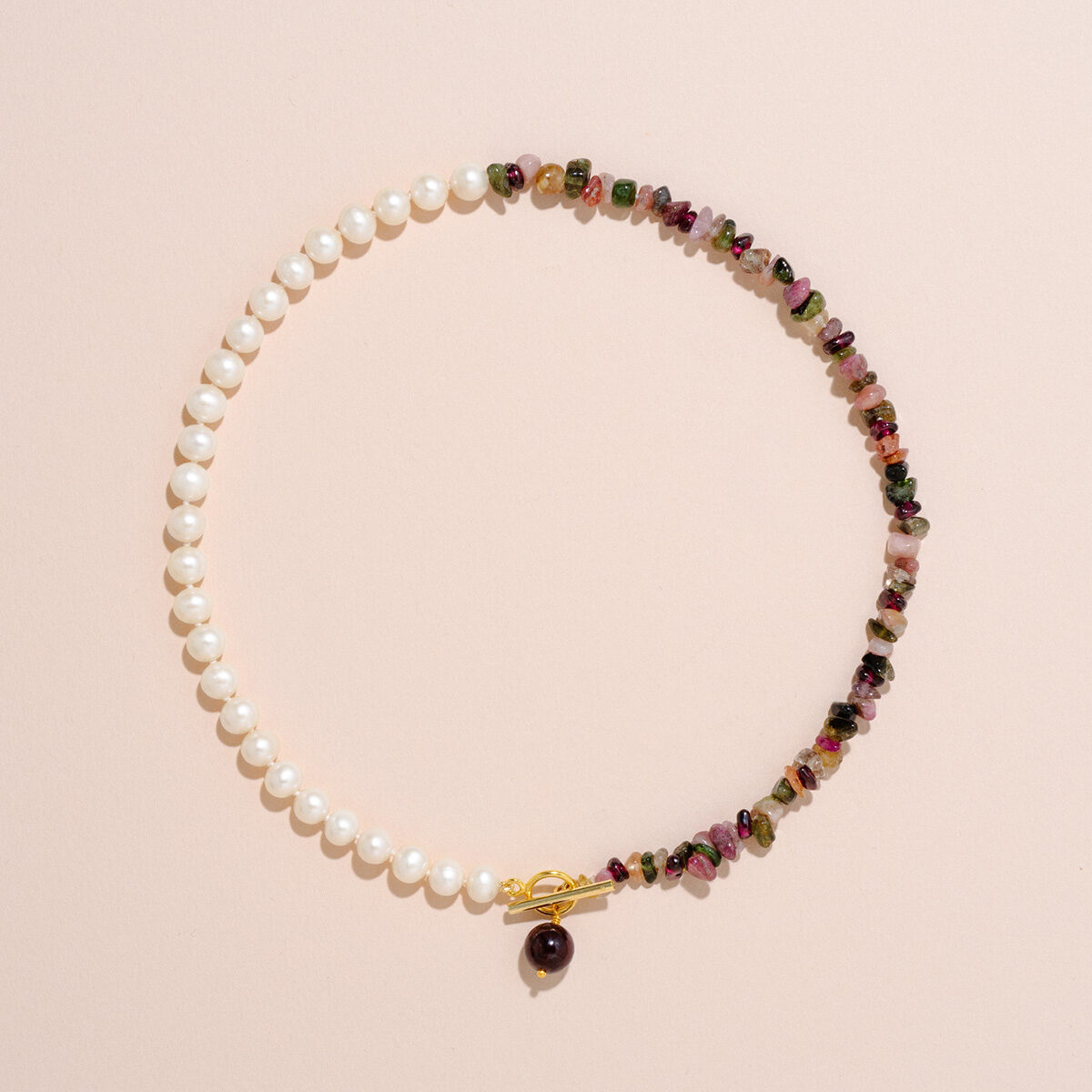History and legends about pearls

It is enough to look for a moment at a beautiful pearl to imagine how our ancestors perceived pearls in the early days of civilization. Can you imagine having encountered even one of these exquisite natural beauties without knowing anything about them and without ever having seen or held such a pearl? As with many other things in antiquity, people did not have the necessary information about pearls to be able to properly understand their true nature, so they valued them for their own, made-up reasons for their existence.
Throughout human history, people have always been, and continue to be, completely captivated by the exquisiteness of the gemstones known as "pearls", resulting in the creation and spread of many myths and legends associated with them. For example, in ancient societies, pearls were often considered a type of miraculous images and were associated with deities such as Buddha or the Virgin Mary. During the era of the Roman Empire, people thought that pearls represented tears of an angel or of a god. Of course, discovering pearls found in mollusks, people understood that they were connected to the ocean and eventually described them as tears from mermaids or other legendary creatures in the depths of the blue seas.

While pearls, in themselves, have been perceived by humans in one way or another, the processes of their creation and development have also been regarded as part of some magic of mythical proportions. Humans understood that pearls came from mollusks because that was usually where they found them when they were looking for food. However, it was never clear to them why pearls were only found in some types of mollusks and not in others. At the time of Christopher Columbus, many people thought that pearls were formed from dew droplets that somehow got into the mollusk. And because Christopher Columbus had discovered an abundance of beautiful pearls on his voyage to the New World, European royalty believed that the New World, and the waters around it, were the main sources of pearls.

Apparently, our ancestors were completely fascinated by these amazing, brilliant phenomena we call pearls, and this is understandable, because even to this day we are intrigued by their uniqueness, even though we already know scientifically how they are created. Our new knowledge proving that pearls are not in fact a magical or mystical creation does not diminish our admiration for them. We continue to be fascinated by their beauty, just as mankind was in ancient times. Even today, we can hold a pearl up to the sunlight (as they probably did hundreds of years ago), absorbed by its delicate loveliness streaming from it, no matter which way it faces the sun.

But this ancient passion for magnificent pearls has come at a price, as members of the human race have, eventually, begun, on an ever-increasing scale, to discover the seemingly endless abundance of molluscs with pearls in their bodies. When seafood hunters (people who go out hunting for mollusks and other sea creatures with shells) found pearls in a particular place, they decided that pearls could be found in many other places, thus giving rise to the purposeful hunt for pearls. And when the hunting rounds led to the discovery of shells carrying pearls in them, then, in the area of discovery in question, very soon, an entire mollusc-searching operation was launched. Thus, hunting them in order to find pearls became an industry.
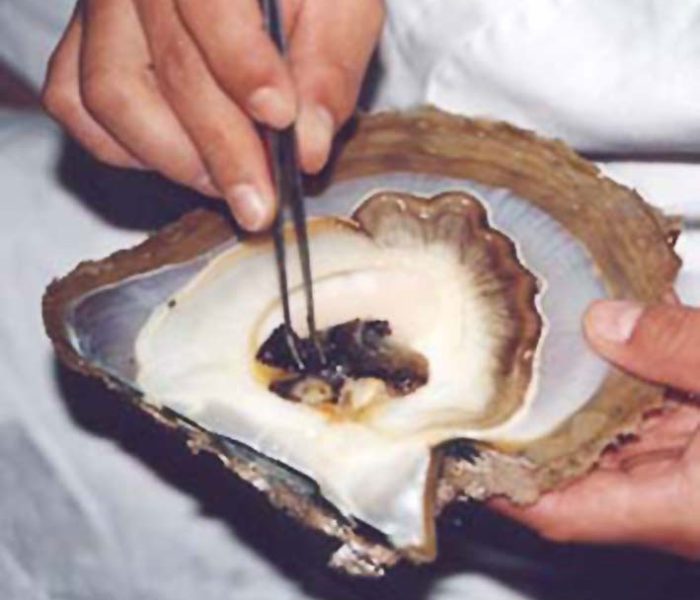
However, in the early days of this industry, people did not realize that there was only a limited amount of mollusks to be found, and that an even smaller number of pearls would be in their shells. What some societies imagined to be an endless resource was becoming harder and harder to find in a natural environment. The beautiful appearance of pearls and how strongly people desire to possess it have proven detrimental to their very existence. The more people wanted pearls, the fewer of them were detectable.
Certainly, as with many other scientific issues around the world, the knowledge regarding pearl farming has become better understood. After all, humans have learned how to actually help mollusks produce more pearls naturally. This led to a change in the mollusk hunting industry within the last half of the 19th century, after industrial pearl farming was initiated in the 1890s. In fact, today, 99% of the pearls harvested globally are farmed in pearl farms and ranches, as scientific advances in the field have led to an increasing number of methods by which humans can help molluscs create pearls in their shells more quickly, and in much greater quantities, than they could without human intervention.
Velislav Ivanov

Choose one of these unique items that, with a little care and love, you can keep in your family for decades. Jewelry remains one of the primary ways to preserve tradition and togetherness between generations.

